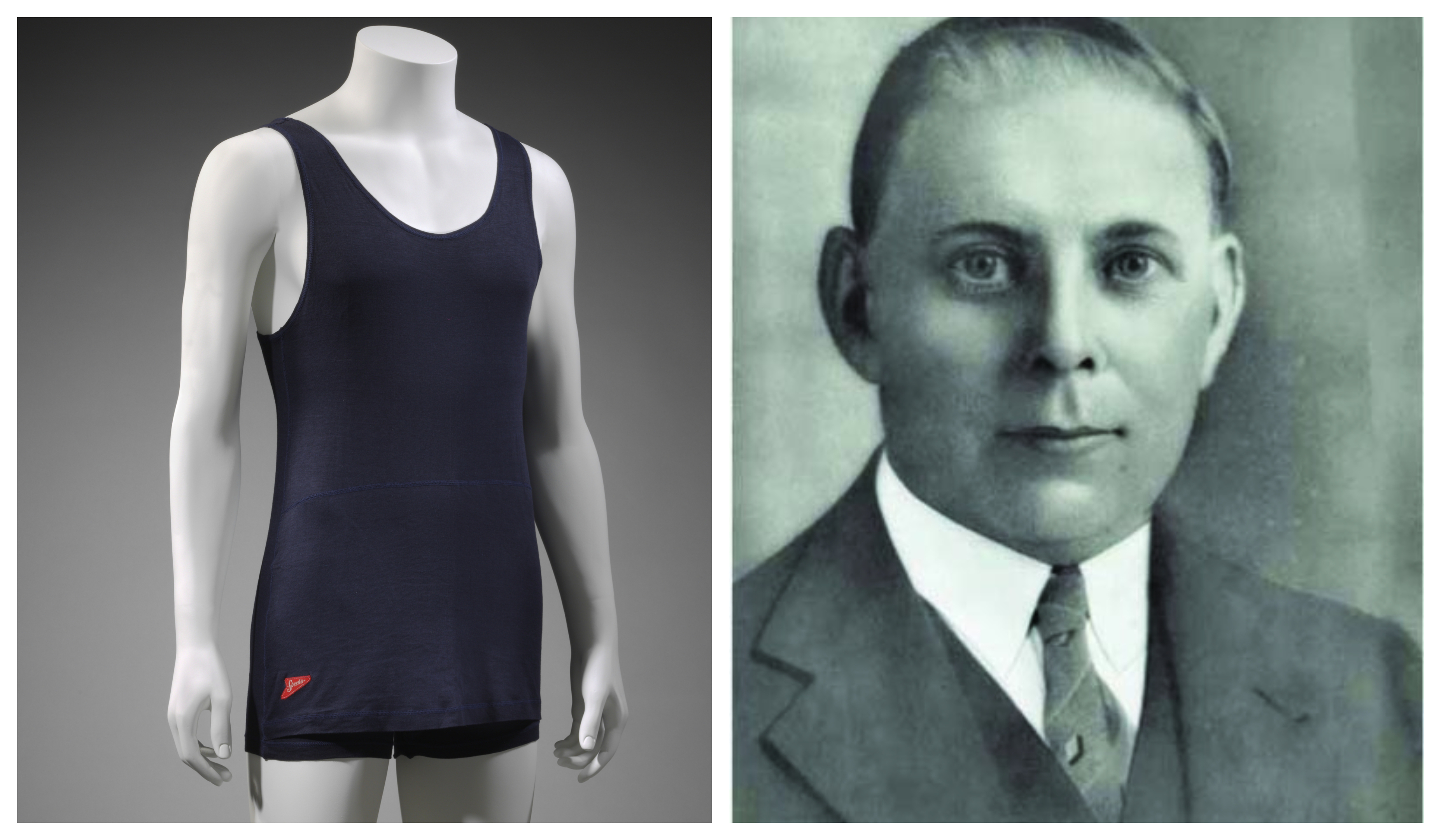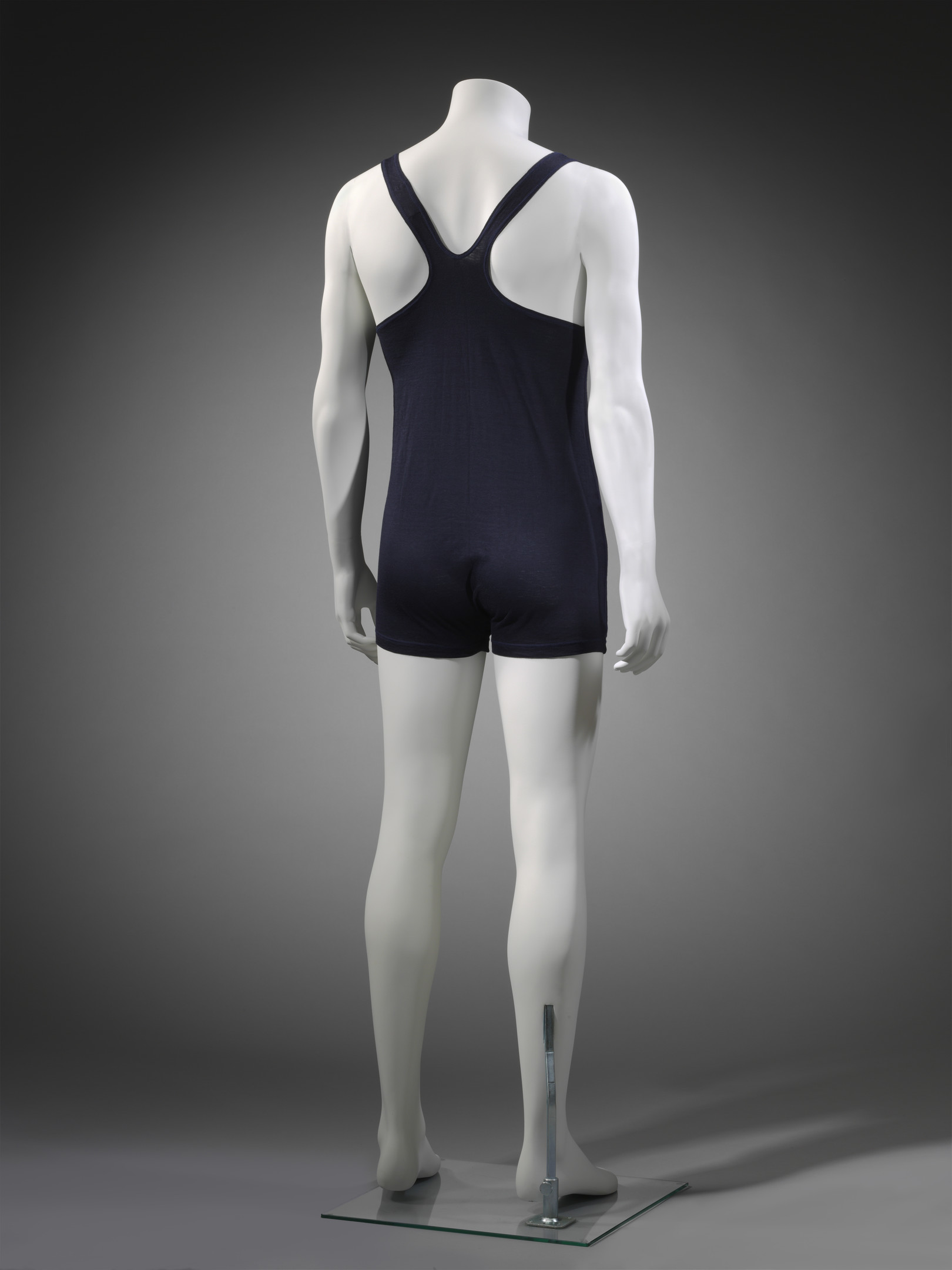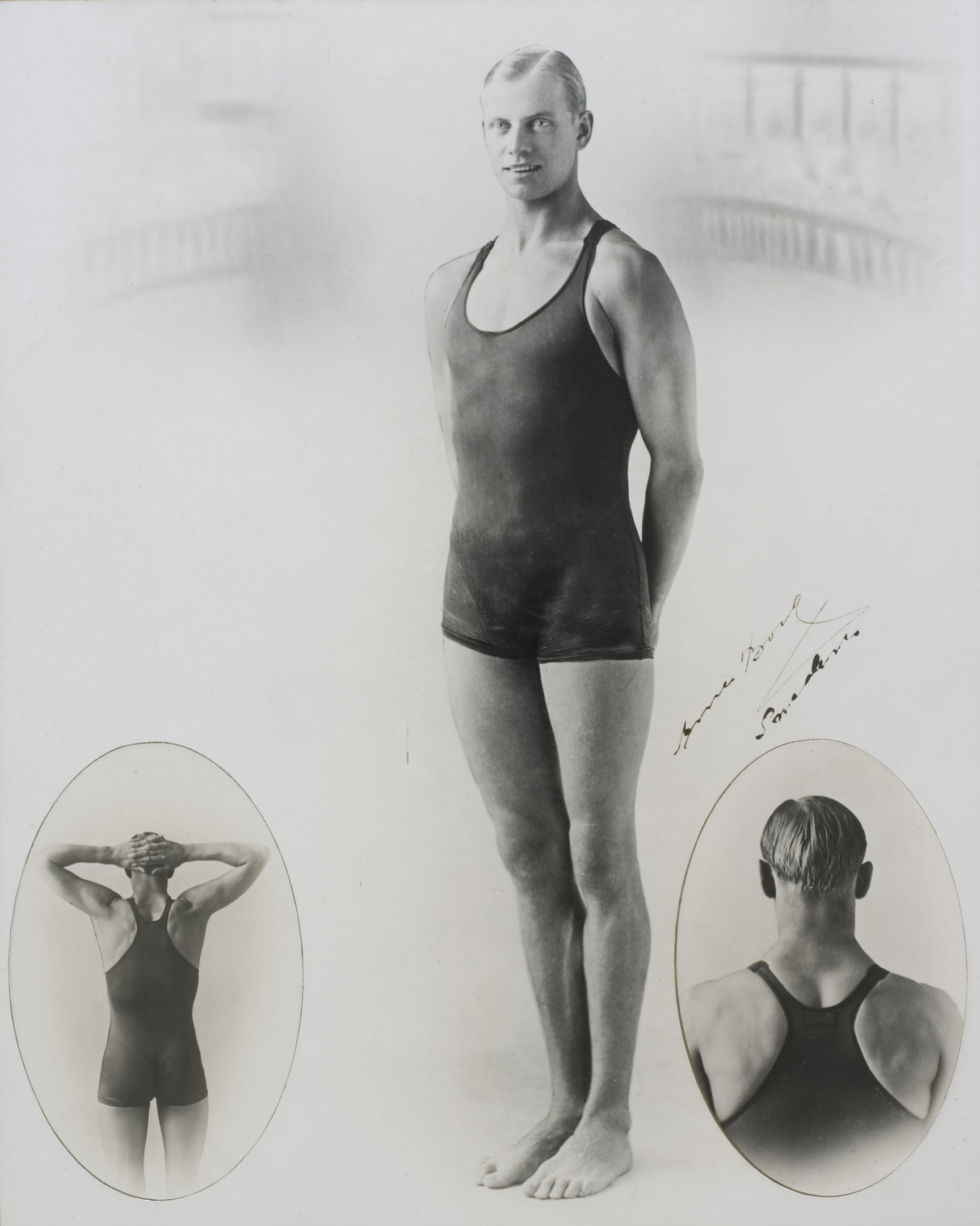
IT’S a swimsuit brand famous for a tight fit and leaving far too little to the imagination.
But Scotland’s newest museum will reveal that Speedos weren’t always that way.
The V&A in Dundee is to display one of the first Speedos ever made and, despite causing outrage at the time, it covers up a lot more than the styles to come.
The brand was an Australian company founded by Scot Alexander MacRae, who revolutionised the swimsuit industry in the 1920s.
His Racerback swimsuit, nearly a century old, will be on display when the museum opens in September.
MacRae was born in 1888 and grew up in a small fishing village near Loch Kishorn in the West Highlands, before moving to Sydney, Australia.
There he set up a company called MacRae Knitting Mills, which became the swimwear giant Speedo.
The Racerback design was banned from some beaches in the 1920s for being too revealing.
At the time swimsuits were made of wool and had sleeves to protect the wearer’s modesty.
The tight-fitting Racerback had straps that crossed at the back, was made of cotton or silk, and included the Speedo tick logo.
The radical design and these materials absorbed less water, allowed a greater range of movement, and lessened drag.
It became a favourite with Olympic record breakers, and gold medallist swimmer Arne Borg featured in Speedo advertisements.
The design caused controversy when Australian Claire Dennis was almost disqualified from the 1932 Olympics in Los Angeles for wearing a Speedo that showed too much shoulder.
V&A Dundee assistant curator Meredith Moore said: “Alexander MacRae was one of many Scottish entrepreneurs who moved abroad to make his fortune. Capitalising on Australia’s growing beach culture, he created a ground-breaking swimsuit design that appealed to competitive swimmers and sunbathers alike.
“The Racerback’s revealing back straps challenged moral codes in the 1920s, when mixed bathing was only just becoming acceptable, but nobody could deny his hydrodynamic design allowed swimmers to achieve faster times.”
The design also appealed to surfers and sunbathers.
A Speedo catalogue described it as giving “maximum body exposure”, making it the ideal choice for those in search of a tan.
The Racerback swimsuit will be loaned to V&A Dundee by the Leicestershire County Council Museums Service.
Sarah Nicol, of Leicestershire County Council, said: “When this Speedo suit came up for sale at a local vintage shop in Nottingham we realised it was a rare opportunity to acquire a swimsuit of this age, unworn and still with its manufacturer’s label attached.”
It will be displayed in V&A Dundee’s Scottish Design Galleries, which will include more than 300 beautiful and innovative objects from the V&A’s collections of art, design and performance.
The gallery will explore what is unique about Scotland’s design landscape, historically and today, when the museum opens on Saturday September 15, and will be free to enter.

Enjoy the convenience of having The Sunday Post delivered as a digital ePaper straight to your smartphone, tablet or computer.
Subscribe for only £5.49 a month and enjoy all the benefits of the printed paper as a digital replica.
Subscribe
